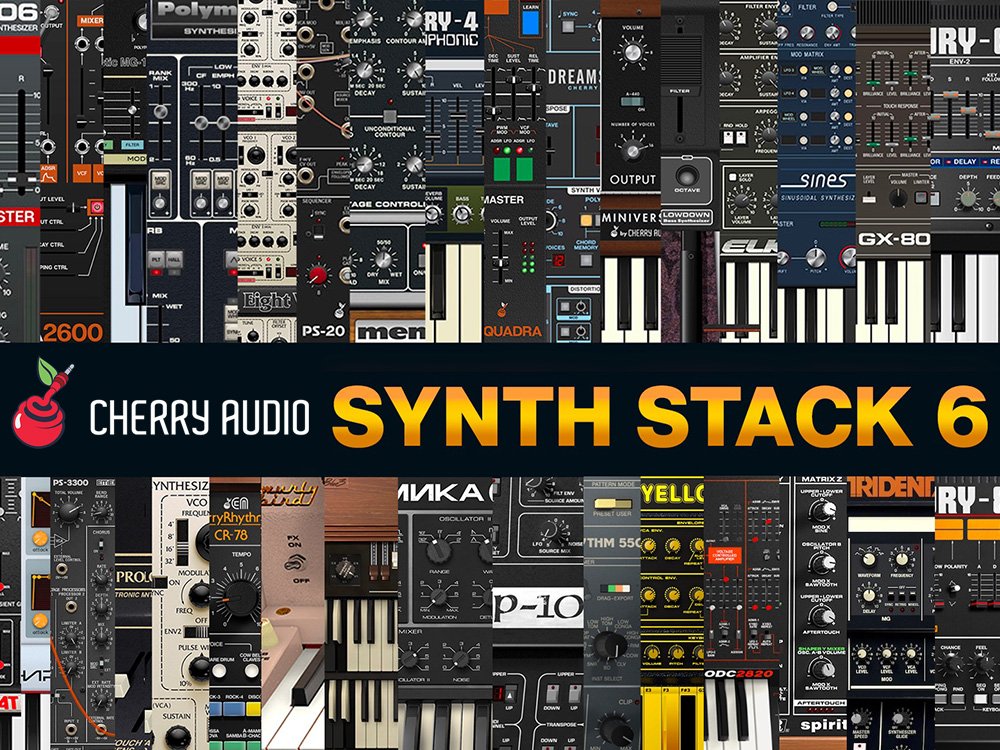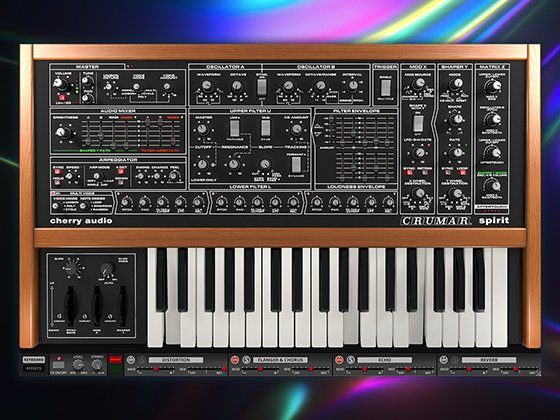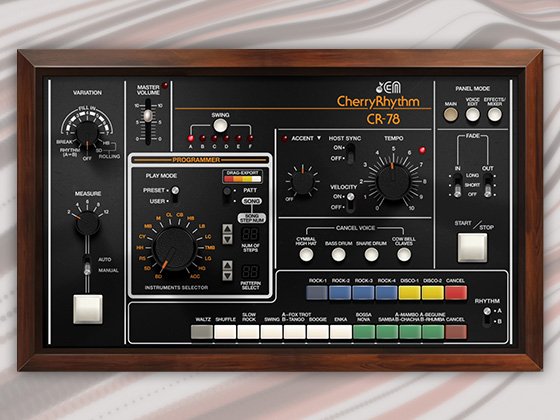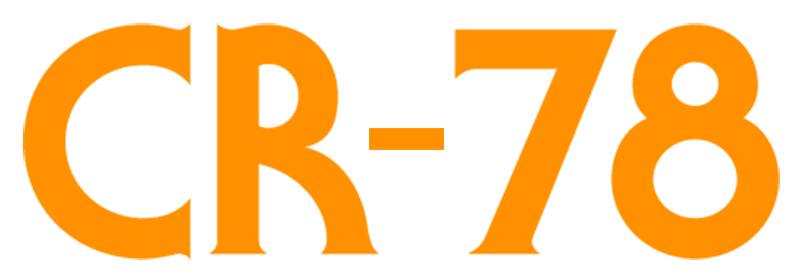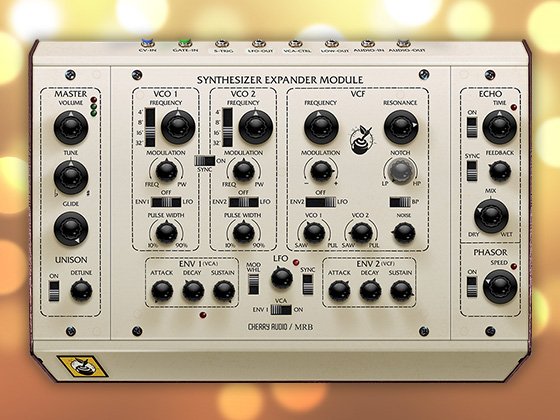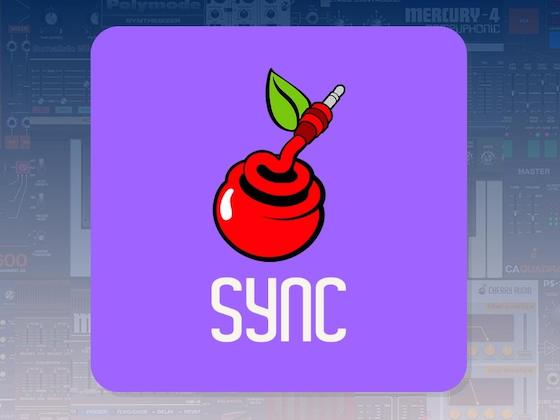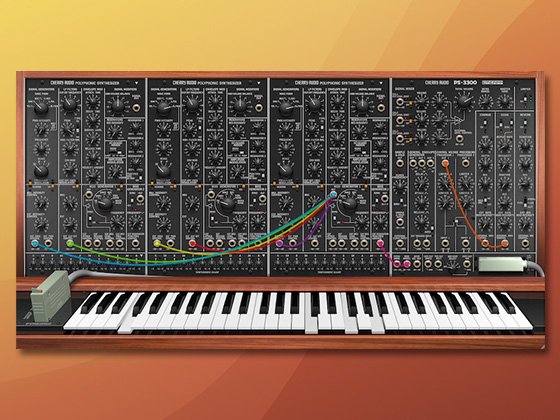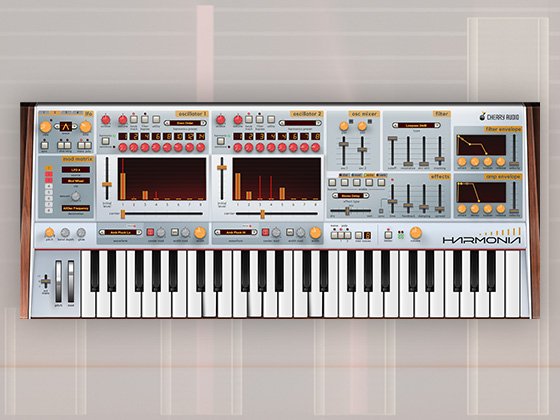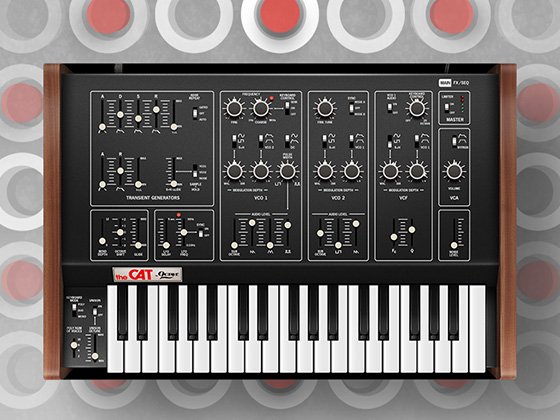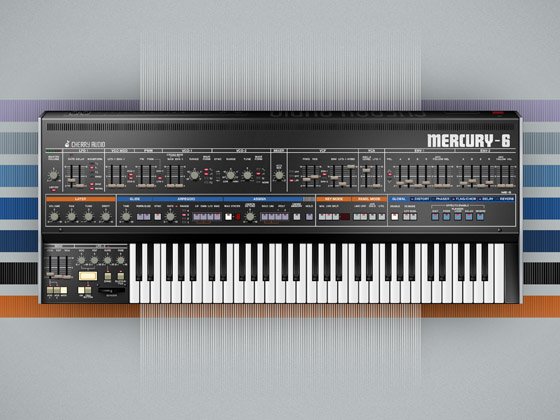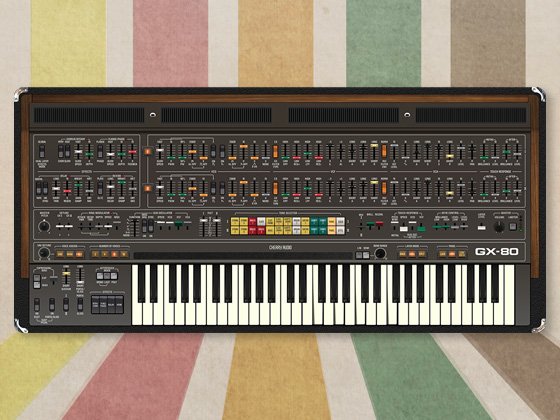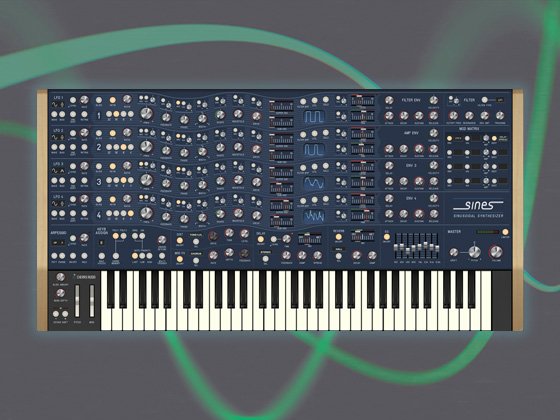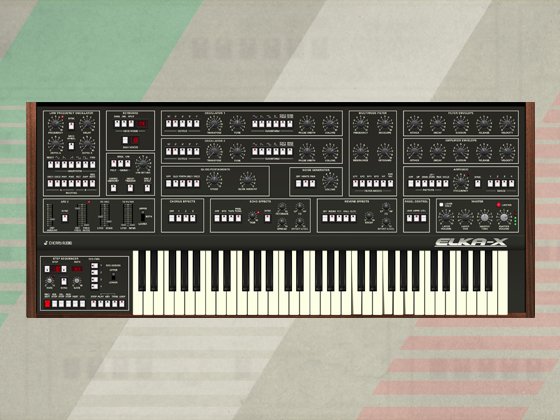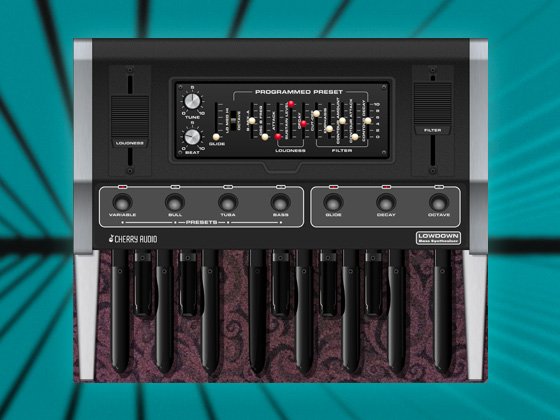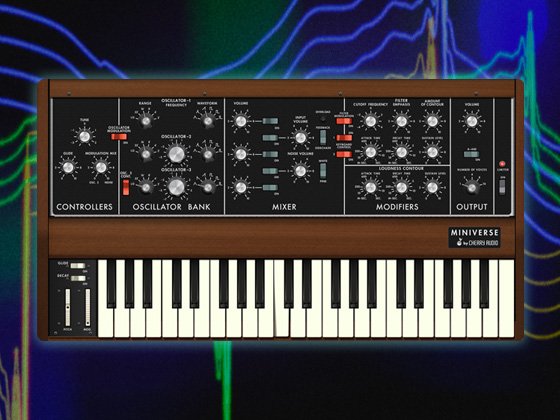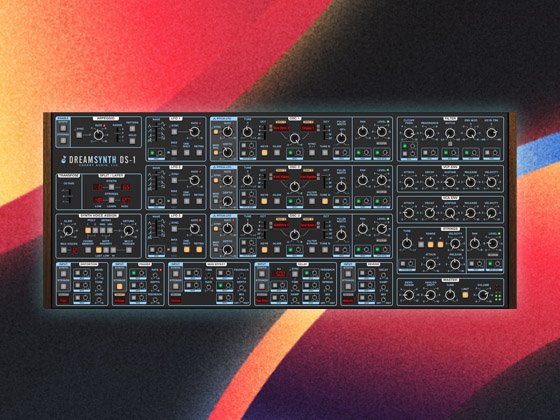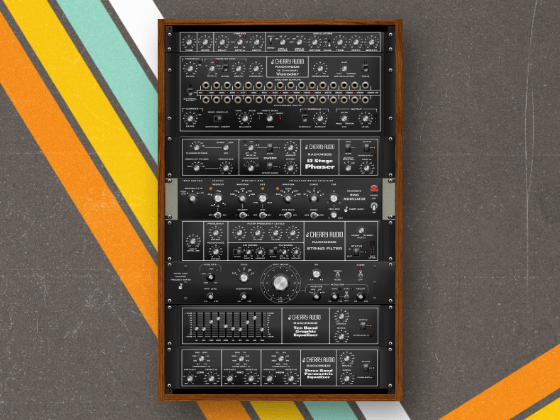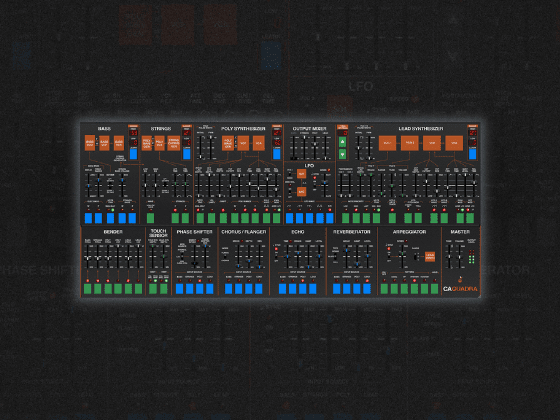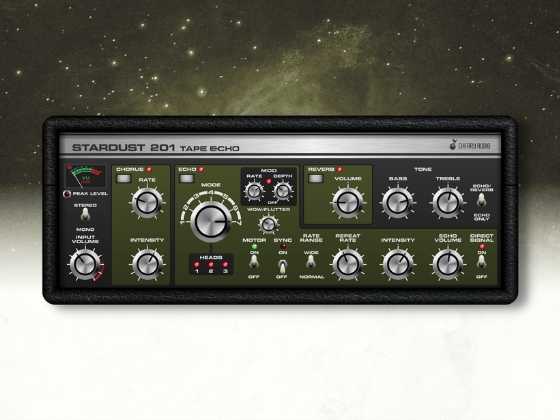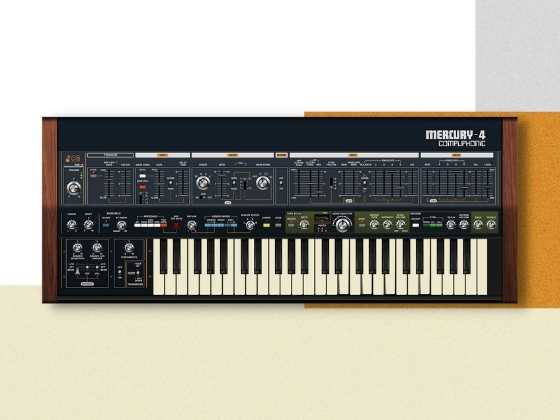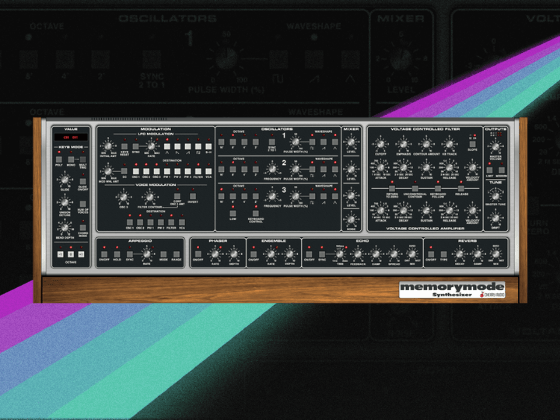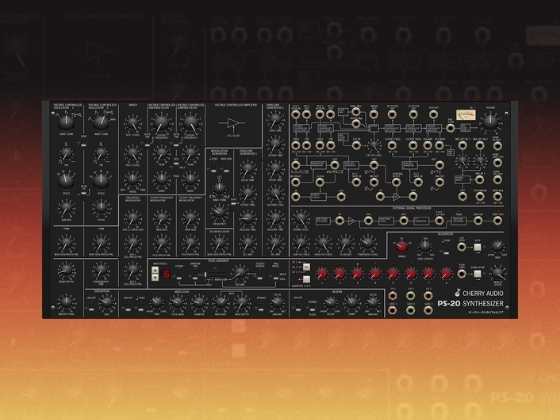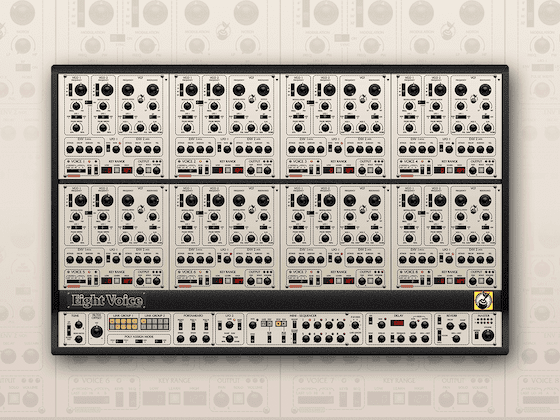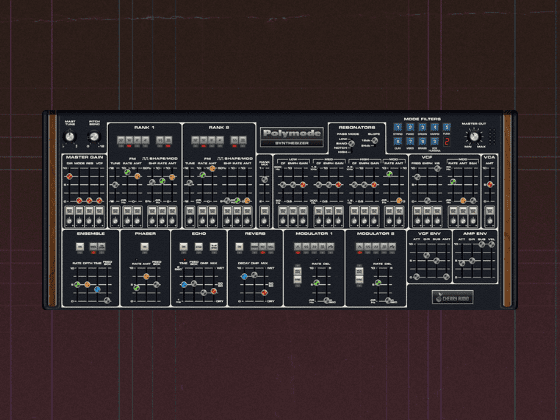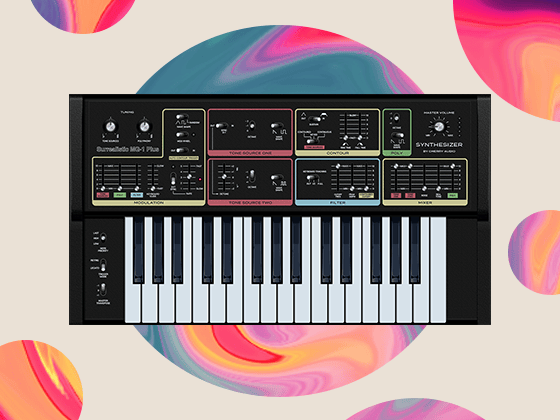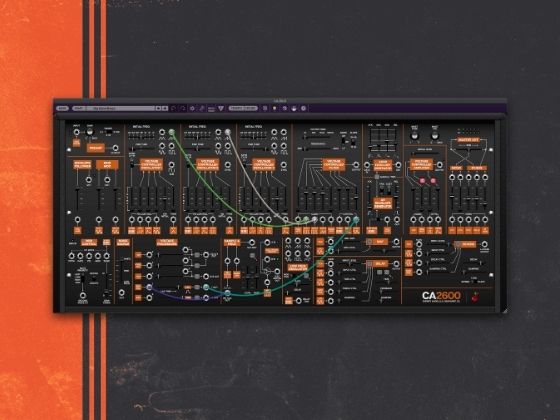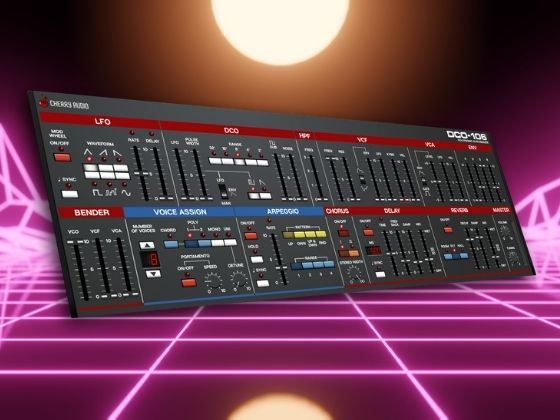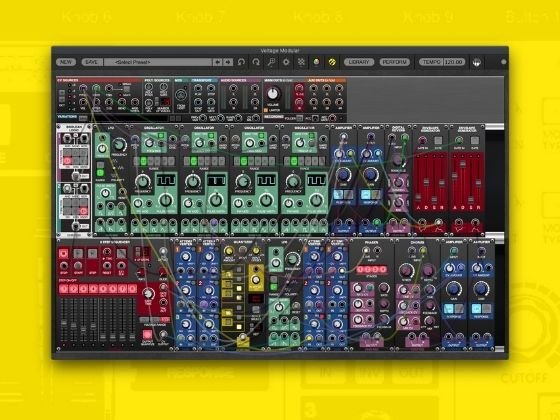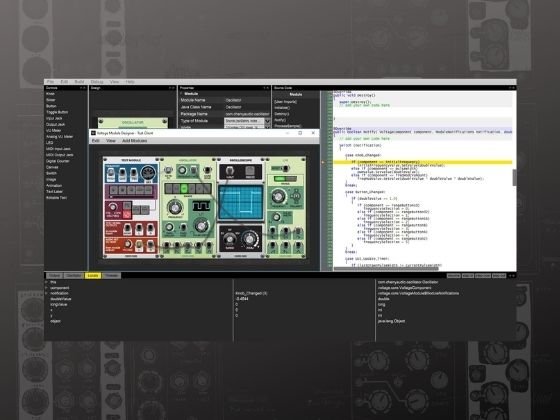Manufacturer: Request For Music
CHAOSC – Chaotic Lorenz Oscillator
CHAOSC is a unique sound and modulation source based on the Lorenz attractor — a famous chaotic system from nonlinear dynamics.
It offers deep modulation and audio-rate chaos, with full parameter control, CV inputs, and morphable output axes.
Panel Controls
RATE
Controls the overall speed of the chaotic system.
Low values produce slow, evolving modulation.
High values yield audio-rate chaotic signals.
CV input available (top left jack).
MRPHAMT (Morph Amount)
Sets how much influence the Morph CV input (top right jack) has on axis selection (see below).
0 = Morphing disabled
1 = Full CV-driven morph between X, Y, Z axes
SIGMA, RHO, BETA
Core Lorenz parameters controlling the system’s behavior:
SIGMA influences the speed of rotation
RHO affects the central attractor point
BETA controls z-axis compressionAll three parameters include dedicated CV inputs (middle row).
Very low values (outside the knob range) may cause the system to stall. All three parameters are constrained to safe ranges internally, but unstable combinations can still reduce output activity.
Reset if needed.
XSCALE
Scales the output amplitude.
Works like a built-in VCA.
Max value is now 8, allowing stronger output levels.
CV input available (bottom right jack). The incoming voltage is attenuated and added to the knob value.
This allows dynamic amplitude control via LFOs, envelopes, or random CV.
Output Selection
SELECT (3-way switch)
Manually chooses which axis (X, Y, or Z) is sent to the output when MorphCV is not connected:
Top = X
Middle = Y
Bottom = Z
MORPH CV (top right jack)
Controls a continuous morph between the three Lorenz axes:
– 1 = X axis
0 = Y axis
+1 = Z axis
Morph amount is scaled by the MRPHAMT knob.
If this input is connected, it overrides the SELECT switch.
Other Features
RESET (button)
Resets the internal chaotic state. Useful for predictable restarts or clearing unstable patches.
The internal state is also automatically reset if the output becomes unstable (e.g., due to invalid parameter combinations).
OUT (bottom jack)
The final output, scaled by XSCALE and selected or morphed from X, Y, or Z.
Typical Uses
Modulation source: Use slow RATE to create rich, non-repeating LFO patterns.
Audio oscillator: High RATE produces harsh, noisy textures perfect for metallic or glitchy sounds.
Modulatable chaos: With CV on SIGMA, RATE, or MORPH, create highly dynamic textures.
Troubleshooting Tip
If output is silent:
– Try increasing RATE or XSCALE
– Adjust SIGMA, RHO, and BETA into a more central range
– Press RESET to reinitialize the system
